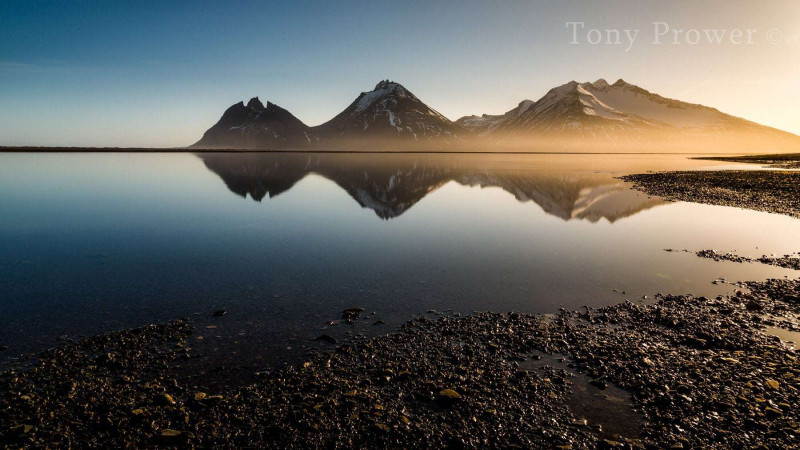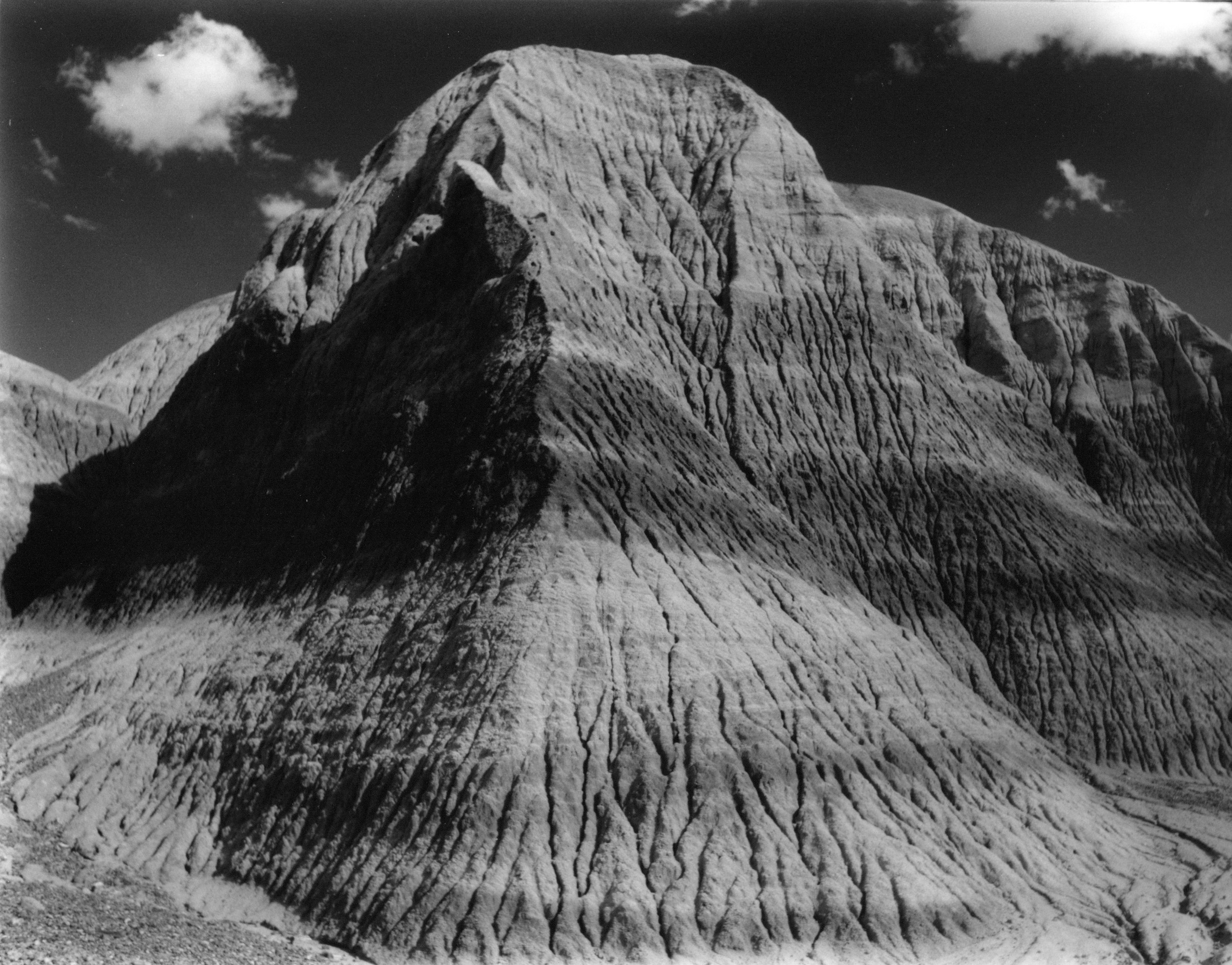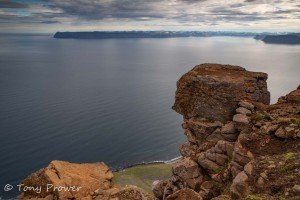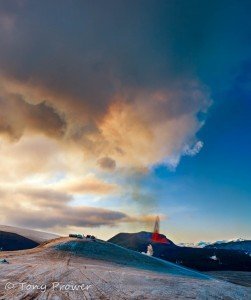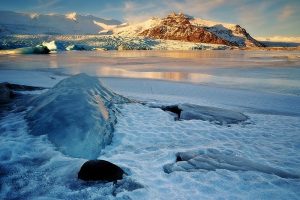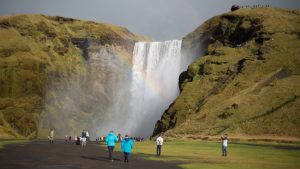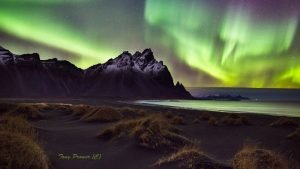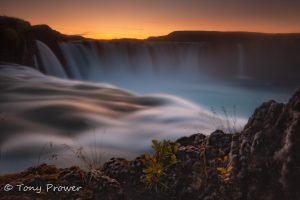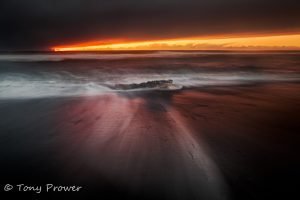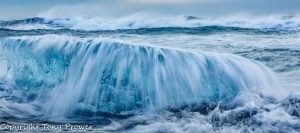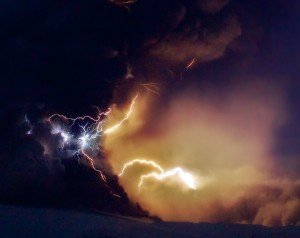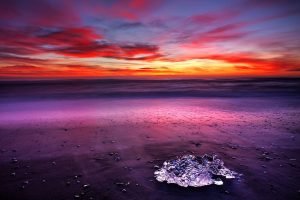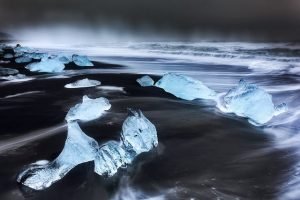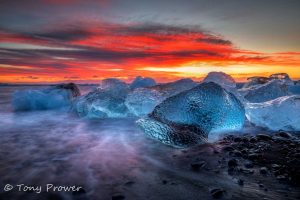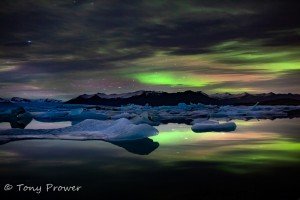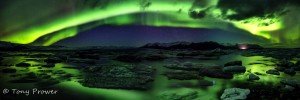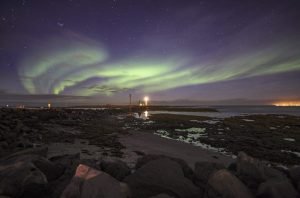Blue skies; I hate them… and here is why:
Consider this Iceland Landscape photo, taken in East Iceland by Maha Al-balushi on one of our winter workshops.
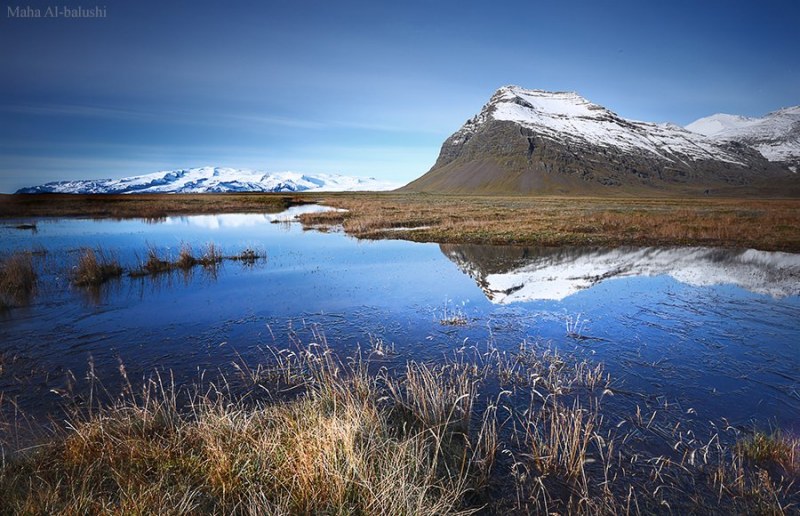
Although the photo doesn’t have a pure blue sky, it does illustrate the main issue for me. I don’t like the lack of clouds on a blue-sky day. If I am sunbathing, then fine! Clouds can help a landscape photograph in so many ways. The most important are the distribution of light and the demonstration of depth. Luckily, there is communication of depth from the grassy foreground and the reflection of the Icelandic mountain. Without these, the photo wouldn’t have the same depth. However, the blue sky does help to convey the coldness. Also, the snowcapped mountain has a nice contrast against the blue of the East Icelandic sky.
Shadows and Light
When the sky is filled with clouds, the sun hitting the landscape is affected by the shadows on the clouds. This means that different parts of the landscape will have different levels of light, which adds extra textures and more interesting shadows to the land.
Objects above the horizon (such as clouds) can give powerful pictorial depth cues, as the higher clouds are perceived as being closer and the lower clouds are perceived as being further away. But the depth cues are not only missing from the sky; the light on a landscape on a clear blue day has no variety.
Private Northern Lights Tours
Role of Clouds
The clouds play such an important role in this scene because they have been shaped by air currents in the fjords, rolled up like big joints and then lit up by that deathly slow midnight sun. In terms of depth cues, they are very strong, especially as they are reflected in the still waters of Skötufjörður in the Westfjords.
Red Filter
Ansel Adam’s famous half-dome picture actually makes good use of a blue sky. He shot the scene in black-and-white with a red filter. The red filter cut out the blue and made the sky darker than the half-dome. This is an exciting technique for controlling the dynamic range and allowing proper exposure of the rock.
Here is a black and white image using the red filter technique to make a blue sky look dark.
By Maekju – Own work, CC BY-SA 3.0, Link

